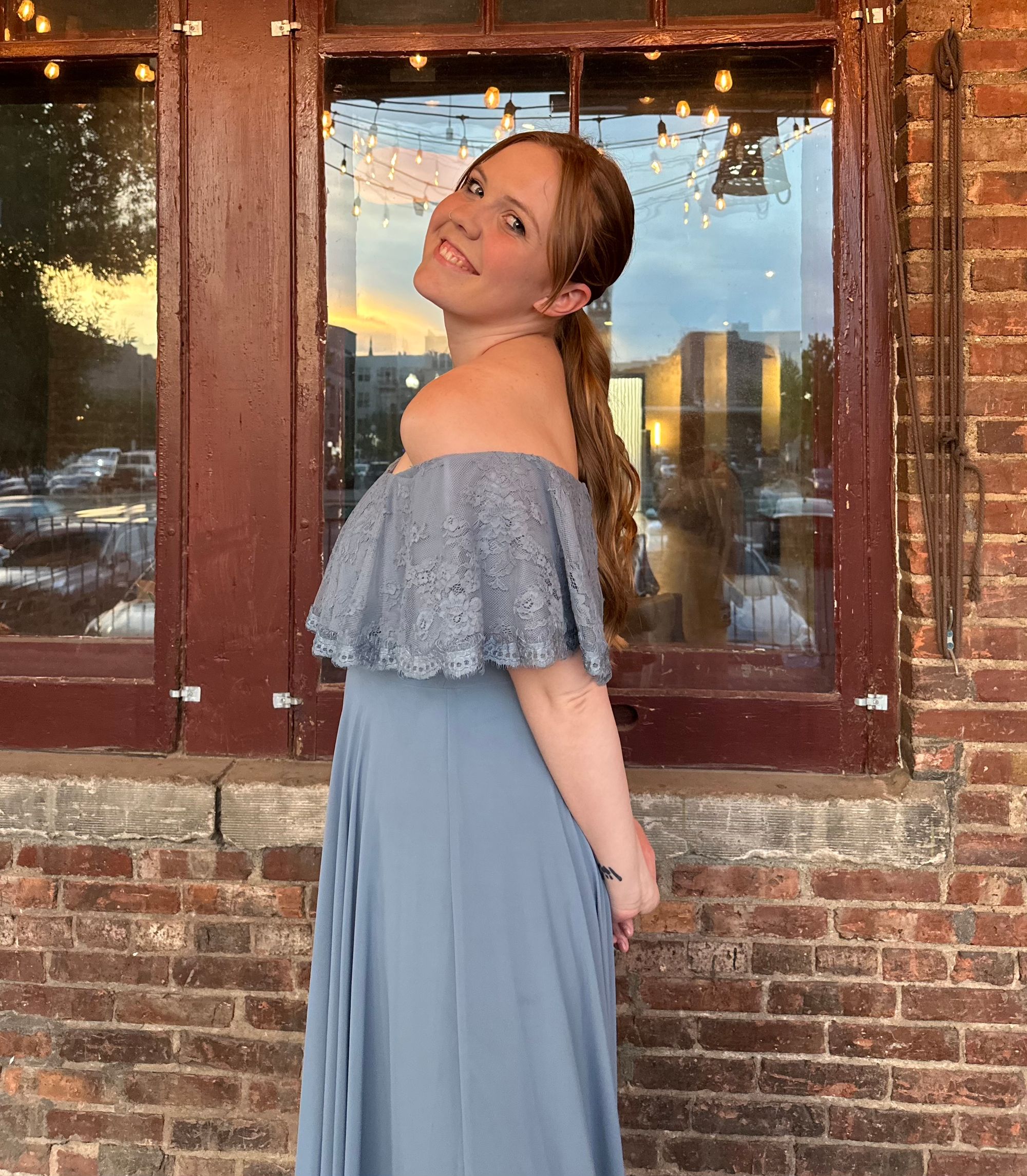ANGLES: What is the best way to adapt a book?

In the age of adaptation and constant remaking of existing works, it is worth acknowledging that not all adaptations are created equal.
The process of adaptation is a difficult one.
One must provide a new take on an older story without disrespecting long-time fans of the source material. However, adapting a previously existing piece of media without falling into the trap of simply parroting the original work and profiting off the creativity of those that came is not an easy thing to do.
Books are perhaps the most commonly adapted media, and yet, there is much to consider. Creative teams must decide what plot elements and characters must be kept and what can be done away with. Most importantly, they must adapt from one medium to another which comes with its own set of challenges as well as opportunities.
Movies provide visual opportunities
By Alayna Jones
Reading books is one of my favorite forms of entertainment.
I love exploring new adventure stories across multiple genres, falling in love with characters and feeling like I’m right next to them.
What’s even better than imagining what these characters look like in a fantasy world is watching them on the big screen, especially when it’s done correctly.
I appreciate book-to-movie adaptations because it brings the enthusiasm of reading to life. Movies add another layer of enjoyment to a story by projecting magical and action-packed battle scenes. Thus, the stories become an incredible thing to see fly off the page.
However, alongside this excitement also comes unease.
When I do background research on the production company, director, writers and actors, I hope the author is participating in the production as well. Authors take so much time and care to write their stories.
A good book-to-movie adaptation relies on the amount of care the production company takes to tell the author’s story, especially if the author is not a part of the production.

“The Hunger Games” by Suzanne Collins is one of my favorite book-to-movie adaptations. Directed by Gary Ross, the movie closely follows the plot points of the book.
But the movie makes several changes, some of which are impactful. Others, like the omission of Peeta’s leg amputation scene. I only noticed as a reader of the series.
I understand movies won’t always follow books by every page, whether that’s because of special effects or the production’s total budget.
Nevertheless, the book is the source material. Changing complete plot points for dramatic effect is unnecessary and disappointing for those who read the book and, often, even for those who have only seen the movie.
Movies — or even certain TV adaptations — shouldn’t stray from the source material and make dramatic changes without reason.
One movie that has always stuck out to me was Tim Burton’s “Miss Peregrine’s Home for Peculiar Children,” written by Ransom Riggs.
I loved the first book of this series. It was something new, and the inclusion of photographs to match the story was both creative and exceptional.
It also depicted monsters called hollowgasts that are invisible to everyone except for the protagonist.
Burton could have easily created something eerie, combining the source material with his style of film. Instead, the film presented major plot changes, switching roles of characters and character motivations.
It seemed as if the movie’s goal was to combine all three books that were released at that time into one movie.
These changes create confusion and take away tension and character development that readers enjoy. Those who only watch the movie miss out on important information that writers and others in production deemed unimportant.
I’ve seen successful adaptations. However, I’ve also seen those that make me grit my teeth and become that one reader who yells, “That didn’t happen in the book.”
The excitement and unease that I feel when the announcement of a book-to-movie adaptation is made makes reading and watching these movies worth it. Book-to-movie adaptations are great, but they are even better when the source material is used and followed.
Watching my favorite characters on screen is fun, and I hope that in the future those who work in film take more care in using the existing source material.
Musicals spark emotional responses
By Kat Elgersma
Thrilling Broadway fans everywhere, the Paper Mill Playhouse has an adaptation of F. Scott Fitzgerald’s “The Great Gatsby” in the works.
The cast includes Eva Noblezada and Jeremy Jordan, two of the most popular Broadway performers in recent decades.
With rehearsal videos and interviews with the cast already circulating on social media, fans are learning to see Fitzgerald’s classic novel in a new light.
The excitement surrounding this production brings new attention to what some consider the American novel, like the movie starring Leonardo DiCaprio did in 2013.
However, the production has the potential to outlast the popular film adaptation and bring a fresh perspective to the story.
The biggest advantage that musical adaptations have over movies is their longevity.

Movies are generally lucky to enjoy a single wave of popularity surrounding their release. Unless the film manages to achieve “film classic” status, the excitement surrounding it only lasts as long as the material is new.
Musicals, however, tend to be popular for years, in part because they are almost always new.
From night to night, the show is never exactly the same. Not to mention, Broadway casts are ever revolving with swings and understudies covering different parts in nearly every show.
Both “Wicked” and “Hamilton” were inspired by books, and both have maintained massive fan bases for years. It is rare that a film can inspire such a following.
Some shows have developed a lore around last minute changes.
Some “Wicked” fans make it a goal to be able to see a “no fly” show, a performance during which it is determined that it is unsafe for the actress playing Elphaba to be up in the air.
Likewise, “Hamilton” has a contingency plan if the turntable isn’t functional. Instead of being disappointed, Broadway crowds generally revel at the opportunity to see a different version of the show.
Musicals, therefore, can keep a story alive for years, not just a handful of months like movies do.
Musical adaptations also tend to preserve different aspects of the source material than films do, largely due to the constant shifting between scenic and musical modes.
There is a saying in the theatre community that a character begins singing when they have nothing left to say. The idea is that the emotion of the scene grows so strong that they can’t help but break into song.
This piece of advice is given to young actors as a way to make the transitions between scene and song more natural and to give them motivation for their performance. Useful also to the playwright and the composer, it provides a roadmap for when it’s appropriate to shift into the song mode and when it will likely feel too awkward.
This structure in the craft of musical theater is what makes book-to-musical adaptations work so well.
The emphasis that musicals place on the emotional journey of the story makes for an adaptation that preserves the feeling of the story rather than just the plot.
“Les Misérables,” one of my favorite musicals, takes Victor Hugo’s 1,500-page novel and cuts it down to the most impactful parts. At this point in time, the story is arguably more well known as a musical than it is as a novel and few, if any, film adaptations have found their way into the canon.
The power of musical adaptations is to not only extract the most impactful parts of a story but to craft a version of the story that continually is made and remade, making the story relevant to audiences for years beyond the impact of most films.



